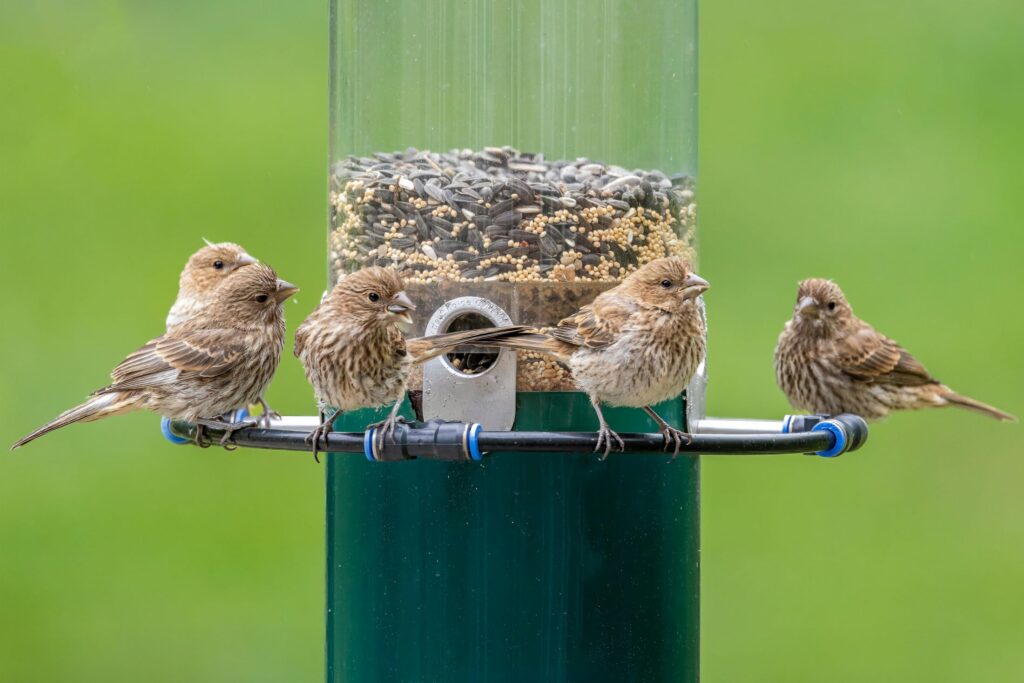It can be disheartening to hang your new bird feeder, expecting dozens of birds to come flocking to it…only for none to show. Why does it sometimes take a bit of time before birds find your new bird feeder? And how can you fast track this process, and get your backyard bird feeding started ASAP? We’ll set you up for success with these proven tips for attracting birds to your feeder:
I Just Hung My Bird Feeder. Where Are the Birds?
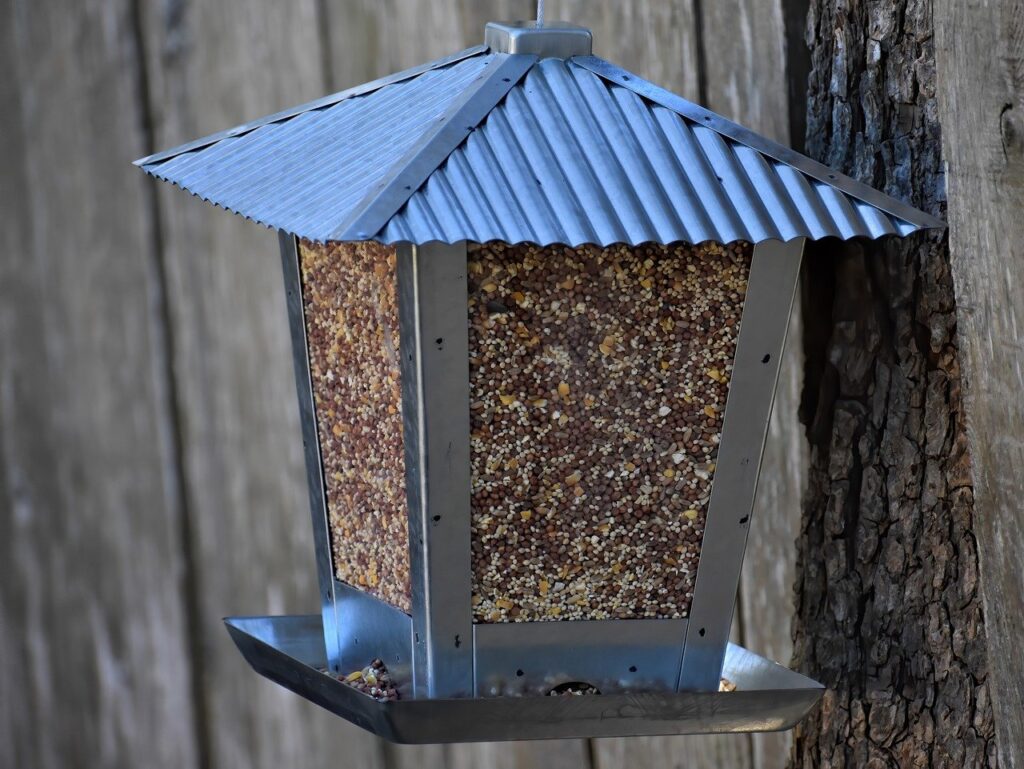
The simple answer? It typically takes time for birds to find a new bird feeder. How much time? Days, weeks, or even a month or more. It depends. Your bird feeder is a new object in their environment, and they’re wary of it; it takes time for them to trust it.
There’s also another possibility: birds might not even notice your bird feeder in the first place, so they fly right by it. Or it may be hung or mounted in a place where they don’t feel safe or sheltered. This can be an area with a lot of noise, foot or car traffic, or within the reach of predators (and that includes your adorable cat!).
How to Help Birds Find a New Bird Feeder
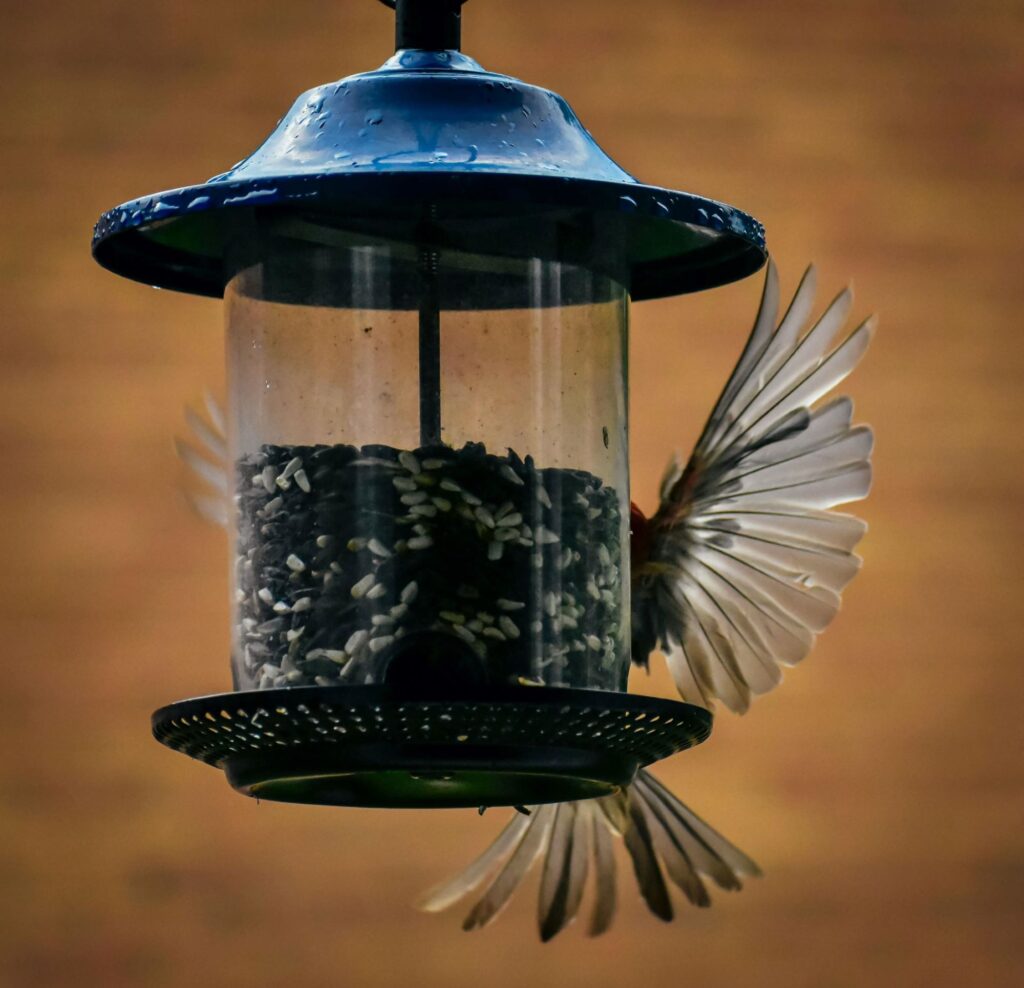
Try these tricks to help birds find your feeder faster, and to make it more inviting when they do.
Hang it in the right place
Most birds are looking for a safe, sheltered place to feed. Think about it: if a restaurant served guests on the side of a cliff—with no guardrail! —would you feel comfortable eating there? It’s the same for birds: they typically look for a safe place with natural or manmade shelter (on a tree, near a bush, under a house eave…) and high up enough to keep them far from any threat.
However, when it comes to where and how high to hang or mount your feeder, it depends more on the birds than anything. For example, tube feeders and suet feeders should be hung or mounted higher (5-6 feet off the ground), while ground-feeding birds prefer a tray feeder on or near the ground.
And as for finding a quiet, undisturbed location for your new bird feeder, look for a spot away from the street, noisy neighbors and/or sidewalks, and active children and pets.
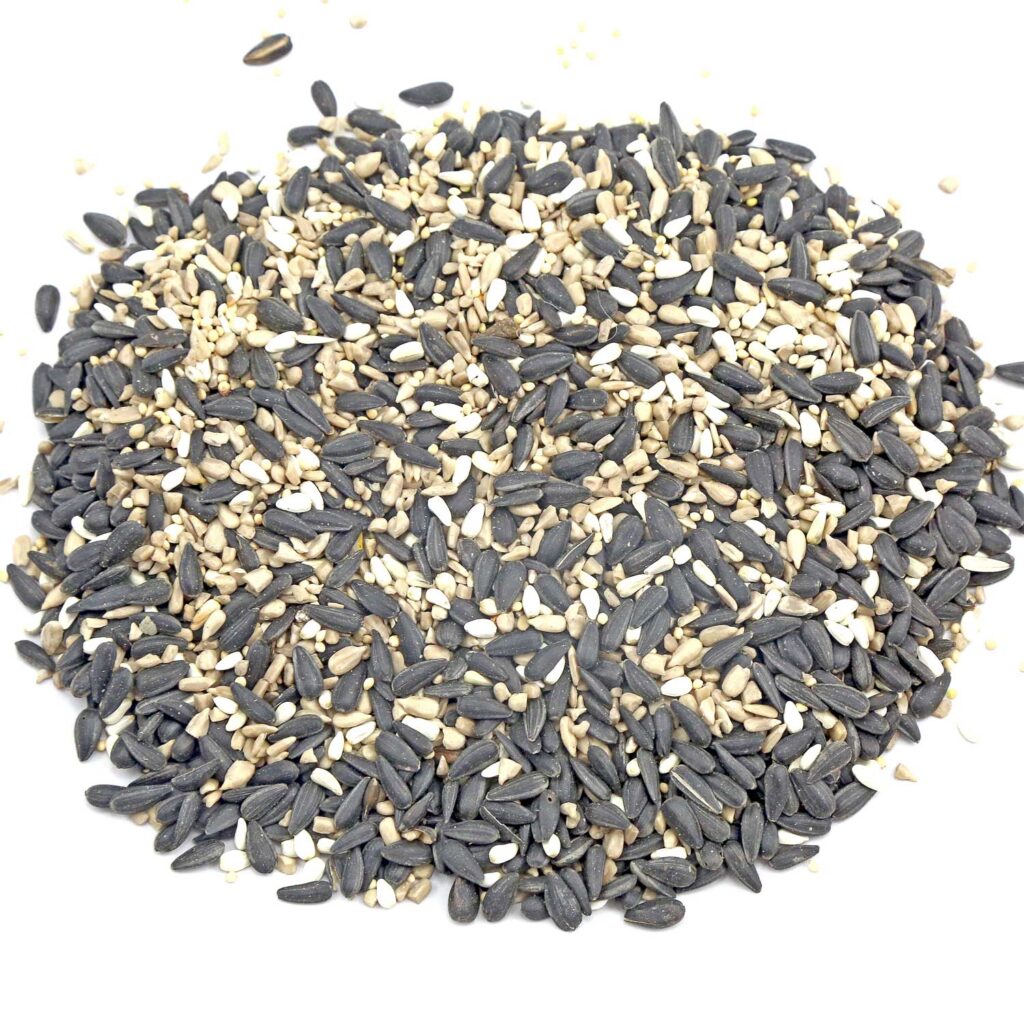
Fill it with the right bird food
Perhaps it’s a no brainer, but have you considered that your local birds might not like the food you’re offering? It could be the highest-quality bird seed, but if they’re snubbing it, it’s time to double check that it’s what your local birds want. For more on which types of birds eat what, read our post, “Eating Like a Bird: What They Crave and Other Fun Feeding Facts.”
Get bird seed delivered to your door this summer with Chirp’s Seed Subscription!
Check that the food isn’t spoiled
“But I just filled the feeder!” you say. While that may be true, improperly stored bird seed can spoil or mold. And if you’re feeder has been sitting there for a while (like a couple of weeks), the seed might’ve gone bad from the elements. It never hurts to check the seed in your feeder for signs of mold, mildew, or moisture. If it smells musty, or has clumps in it, or if you see any signs of fungus, insects, or sprouted seeds, these are all signs that it’s time to throw out your bird seed, clean your bird feeder thoroughly, and refill it with fresh, premium bird food.
The same is true for fruit feeders, hummingbird feeders, and suet feeders: look for mold, discoloration, rotten fruit, and other signs that the food or nectar has gone bad. Hummingbird feeders should be cleaned and refilled every other day, fruit feeders every few days, and suet feeders every couple of weeks. Of course, in hot weather, you might need to do this even more often.
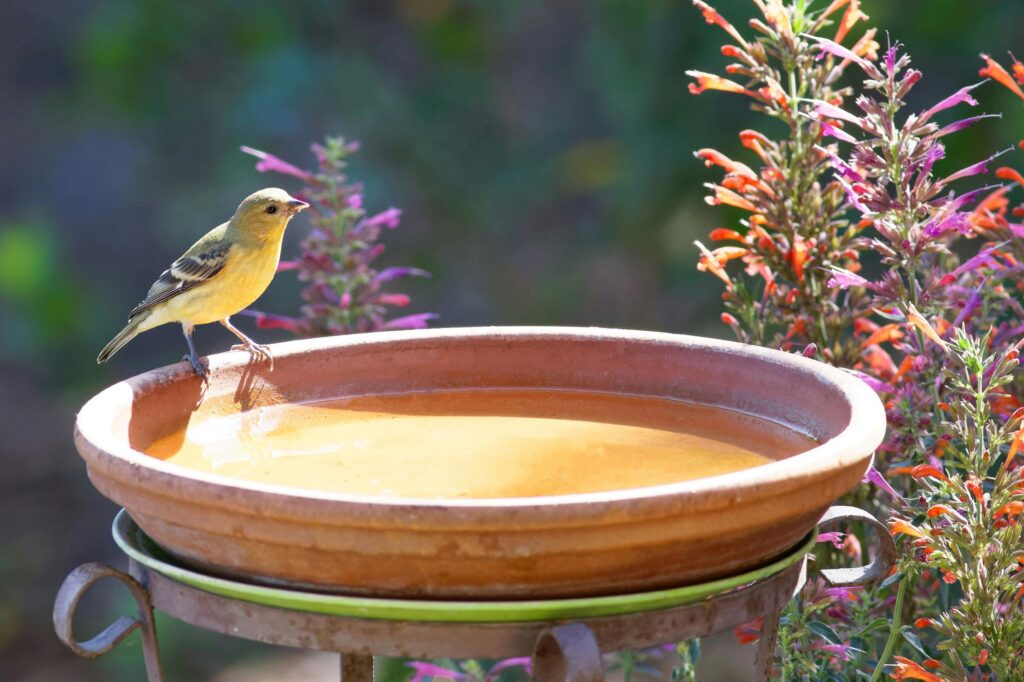
Add a water feature to your yard
Just like the sound of running or bubbling water is soothing to us, it’s the same for the birds. And, more importantly, a trickling water fountain or glistening birdbath can catch the eye of a bird flying overhead, and make them curious to investigate it. Once they stop by, your nearby bird feeder is the next stop. And you can bet they’ll remember where to go next time they’re hungry or thirsty!
Welcome nesting birds with a nest box
Here in Southern California, we’re in the middle of our nesting season. If you want birds to find your new feeder, offer other “amenities” to sweeten the deal. Mounting a nest box in your yard is the perfect attractor. Birds look for food, water, and shelter, and if your yard is providing all three, they’re likely to stop by.
Do you live locally, or plan to visit Big Bear Lake? Stop by the Chirp store to shop our nest boxes.
Practice patience—it’ll pay off!
Don’t lose hope: more often than not, it takes time for birds to find a new bird feeder. And, though bird feeding is important for birds year-round, they often eat less in summer, when they rely on natural food sources while they’re still abundant. But keep an eye on that feeder: if you follow the guidelines above, one day soon you’ll see a curious bird or two feeding—and that’ll be just the start!
